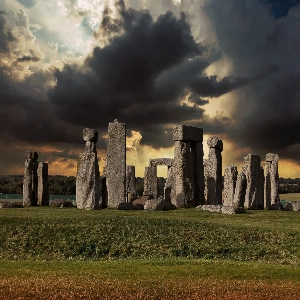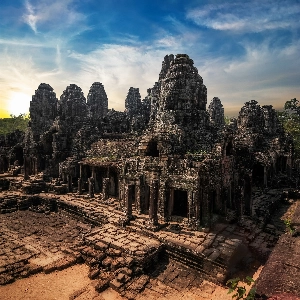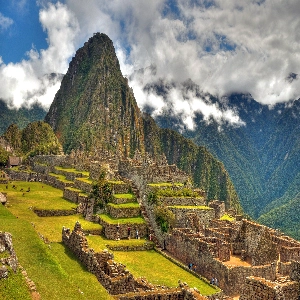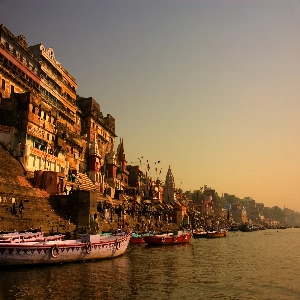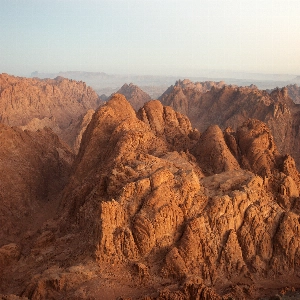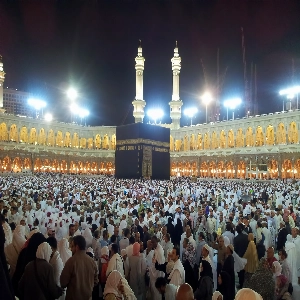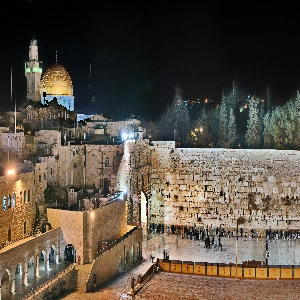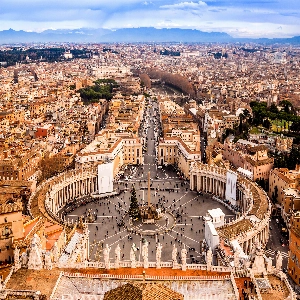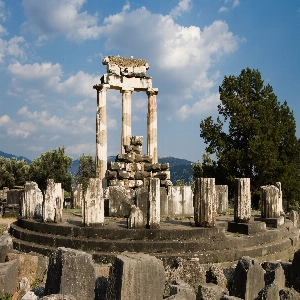Experience Sacred Spirituality: Behold The Mesmerizing Pashupatinath Temple In Nepal
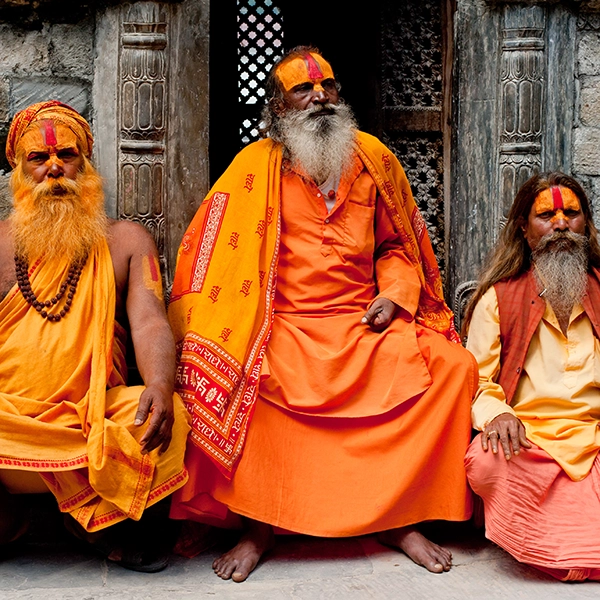
For the people who live in Nepal, daily life is likely fairly normal, but for those of us who view it as the home of the world’s highest peak, Mount Everest, it’s a place shrouded in mystery, ambition, and too often accidental deaths. When you see a massive mountain or a collection of temples every day, the impact is negligible; for explorers, mountain climbers and travellers, it’s magical.
Such is the Pashupatinath Temple, Nepal, situated near Kathmandu on the banks of the Bagmati River in the Kathmandu Valley, part of the exotic Himalayan range. This is not just one temple, but a vast assemblage of temples, shrines and ashrams — a total of over 500 temples and monuments in the area — one of the world’s greatest amazing sacred places.
Built over countless years, beginning in the 5th century, most structures at Pashupatinath Temple are designed in the classic Nepalese pagoda style, rather reminiscent of those found in China and Japan. The site has been renovated and refurbished over its many centuries, including an almost complete rebuild at some point during the 1400s. It was damaged, although not extensively, during an earthquake in 2015, so the restoration continues. This is a designated UNESCO World Heritage Site.
Dedicated to Lord Shiva, of the Hindu belief system, Pashupatinath Temple is one of the four most significant temple sites in all of Asia for Shiva followers. In addition to being a place of high worship, it also acts as a cremation site (we were unable to verify if it is still active in this regard). Visitors will be amused by the resident monkeys, and the sadhu (holy persons) who commune with their god in this sacred place, often smoking marijuana.
The stunning riverbank setting makes sense; the ancient peoples of Nepal found a naturally holy place in which to erect a sacred place to their Lord Shiva. It is a feat for the eyes as well as the spirit.

